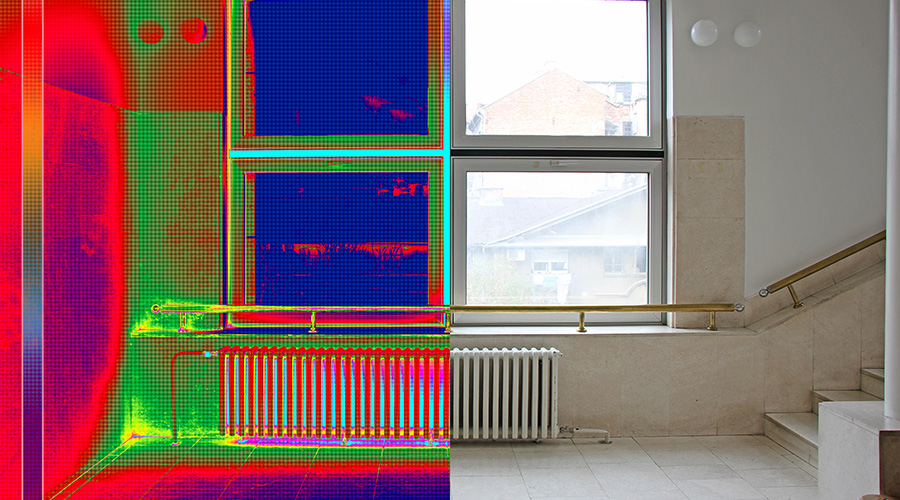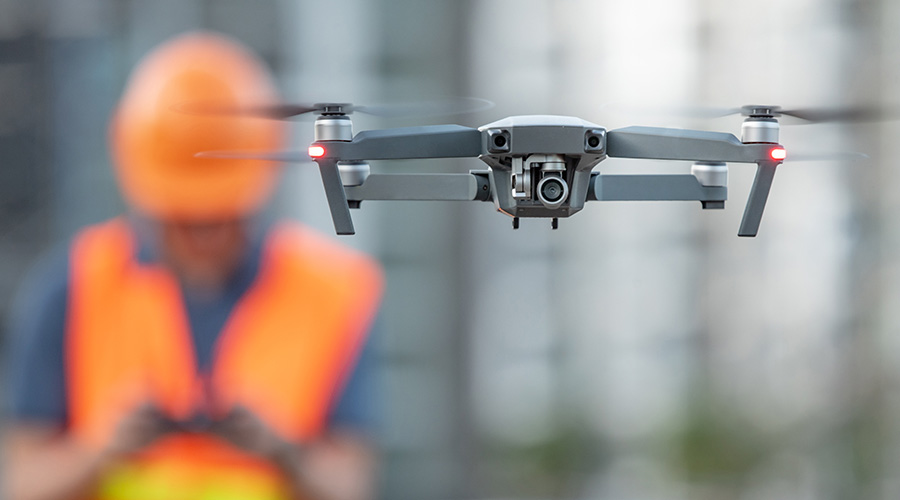Weighing The Choices in The Aerial Work Arena
Maintenance and engineering managers in the market for an aerial work platform, or lift, have an array of options. They also must sort through a series of issues, not all of which are related to deciding among scissor lifts, boom lifts, and telehandlers. Managers also must consider the financial aspects of such a decision.
By weighing the equipment options — including buying new or reconditioned, renting, and leasing — managers can determine the best option based on the department's needs and the organization's bottom line.
Weighing The Choices
Purchasing a new aerial work platform gives managers the best reliability and warranty, the lowest initial repair cost, and the longest performance life — along with the highest upfront cost. Purchasing a reconditioned unit offers a lower first cost, but also a more limited reliability and warranty, higher maintenance costs, and possibly a shorter performance life.
Some reconditioned units have had a useful life that is about as long as a new unit. The cost of a good reconditioned unit varies but usually falls in the range of 50-60 percent of new equipment.
Renting an aerial work platform offers the use of the equipment for shorter periods without the cost of ownership, while leasing offers the use for longer periods without the cost of ownership. The owner performs major maintenance of both rental and leased units.
From a financial perspective, managers can depreciate the cost to buy over several years, while the rental or lease cost is expensed entirely in the year the cost was incurred. So leasing or renting lowers taxes during the year the department uses the unit. Leasing also conserves the department's credit or cash for other income-producing investments, and it is a convenient way to evaluate the equipment before deciding to purchase it.
Determining The Best Option
When narrowing down the options for the most appropriate piece if lift equipment, one of the primary determinants — besides specifying desired equipment features and proper accessories — is the length of service required and the anticipated frequency of use. If a manager is responsible for an integrated maintenance and construction department that has a continuous need for an aerial work platform and heavy lifting for a fairly continuous schedule of construction and maintenance tasks, the most appropriate option is to buy either a new unit or a reconditioned unit.
To determine the best option, a good place to start is to review the past several years worth of work-order activity and the backlog of work still to be done, with the goal of identifying the tasks that require aerial equipment. Answering several key questions is essential to determine the optimum aerial equipment selection.
What kind of tasks can managers anticipate that will require an aerial work platform? Personnel or material lifting? Electrical-insulator cleaning? Window washing and or tuckpointing building exteriors? Interior or exterior relamping? Structural construction work? Roof repair or construction? HVAC component installation, repair or replacement?
After assessing tasks that require an aerial work platform for technicians, the next step is to sort the tasks by the type of equipment each requires. This process will reveal the best options.
Before making a final decisions, managers also need to consider the availability of storage space for the equipment, as well as heavy-equipment operations and maintenance staff to use the equipment and perform repairs and preventive maintenance necessary to keep the equipment in top condition over the long haul.
Managers also must consider the cost and space requirements of parts inventories for the aerial word platforms, as well as repair-shop space, tools and equipment, such as a lift or grease pit. Along with these requirements, safety, operation and maintenance training programs are needed to support the effort.
Related Topics:












